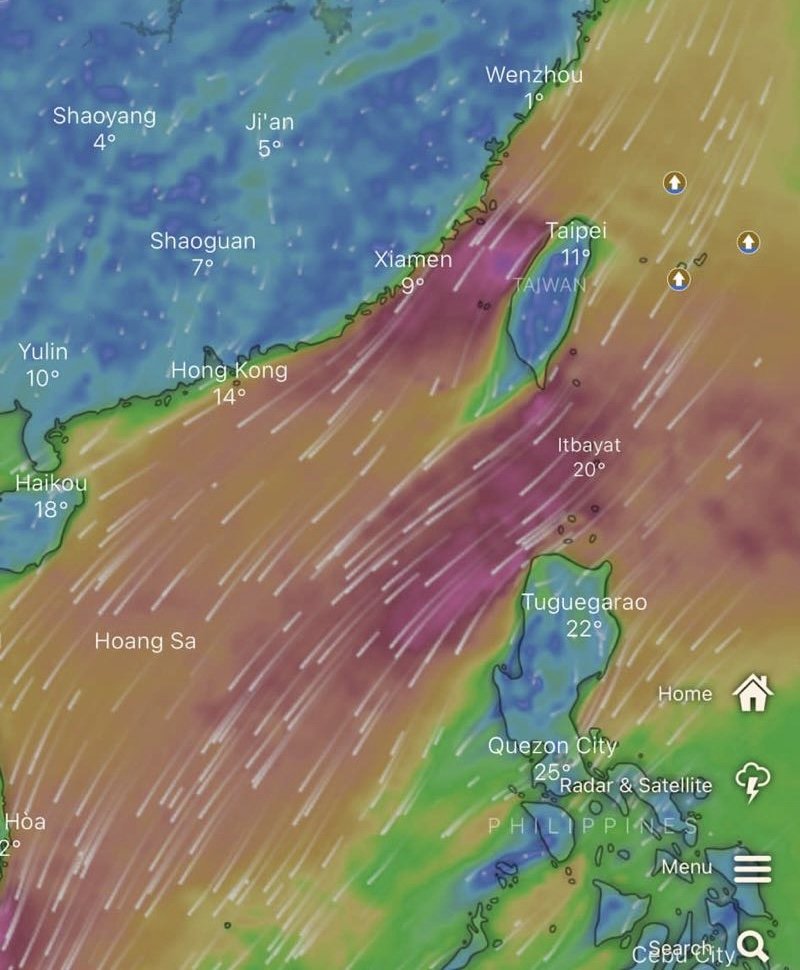Waiting patiently, paper accepted for publication
While I spent the last few weeks in Currimao, we received the good news that the scientific article that Dr. Jay Barlow submitted to the Journal of Aquatic Mammals was accepted for publication in their next available issue. Its title will be: "Acoustic Detections of Cetaceans from a Towed Recording System on a Trans-Pacific Rowing Expedition."
Dr. Barlow kindly included me as a coauthor to this article. As you may remember, I carried a high frequency hydrophone during my historic first crossing of the Pacific Ocean by human power from North America to Asia. Whenever the conditions allowed or each time that I spent time on para-anchor, I deployed the hydrophone to record ambient sound in my vicinity underwater. A near continuous recording was not possible as the drag caused by the kit that I trailed, changed the course of my rowboat depending on wave action.
My efforts on the Pacific Ocean gained further prestige when The Explorers Club headquartered in New York recognized the scientific mission of my crossing by designating it a Flag Expedition. As such, I was authorized to carry a club flag with a unique number, having already been carried on prior expeditions. Together with Dr. Barlow, we returned the flag accompanied by a detailed flag report, which is now a part of its storied history.
Unfortunately, I had to return the hydrophone kit back to Dr. Barlow once I reached Guam. My laptop had failed short of Guam likely due to humidity. I was using the laptop after each deployment to transfer sound data from the hydrophone to an external drive. It did not make sense to risk the data already stored on the drive or the SoundTrap hydrophone on loan to us from OceanInstruments based in New Zealand. I did not carry a hydrophone beyond Guam.
I will not carry a hydrophone across the South China Sea, either, respecting the sensitivity of the Chinese government in this regard.
Last Thursday, I received the replacement antenna that my friend and expert marine electrician Brian Johnson quickly assembled in Seattle and shipped by courier to Captain Antonio Kho, Harbormaster at ONRI Port in Currimao. I installed the new antenna and verified that the AIS (Automatic Information System) setup on my rowboat worked.
South China Sea is a very busy body of water with vessels of all sorts crowding it. AIS is a system which provides situational awareness between ships within VHF range. I rely on its alarm when sleeping and hail by VHF radio any vessel which may be bearing toward my rowboat. Similarly, the DSC (Digital Selective Calling) feature of my VHF radio allows me to hail a specific vessel by her MMSI number or broadcast an automatic signal for help to all vessels within VHF range.
At this time, I am monitoring the weather forecast and waiting patiently for a break in the winds. Low pressure systems which leave Siberia then proceed easterly across the Yellow Sea coupled with cyclonic activity near Australia, create strong blows feeding through Taiwan Strait and Luzon Strait. Given this predominant wind pattern until the NE Monsoon season subsides, an untimely launch would push me further south than I would prefer, forcing me toward Singapore, missing Vietnam entirely.
My odds of landfall at Vietnam are low as it is, so I am trying to be wise about my date of launch, which is pretty much the only thing over which I have absolute control. Once on the water, I will fight to influence my destiny but the fickle currents and bouts of strong winds will greatly impact where I end up.





